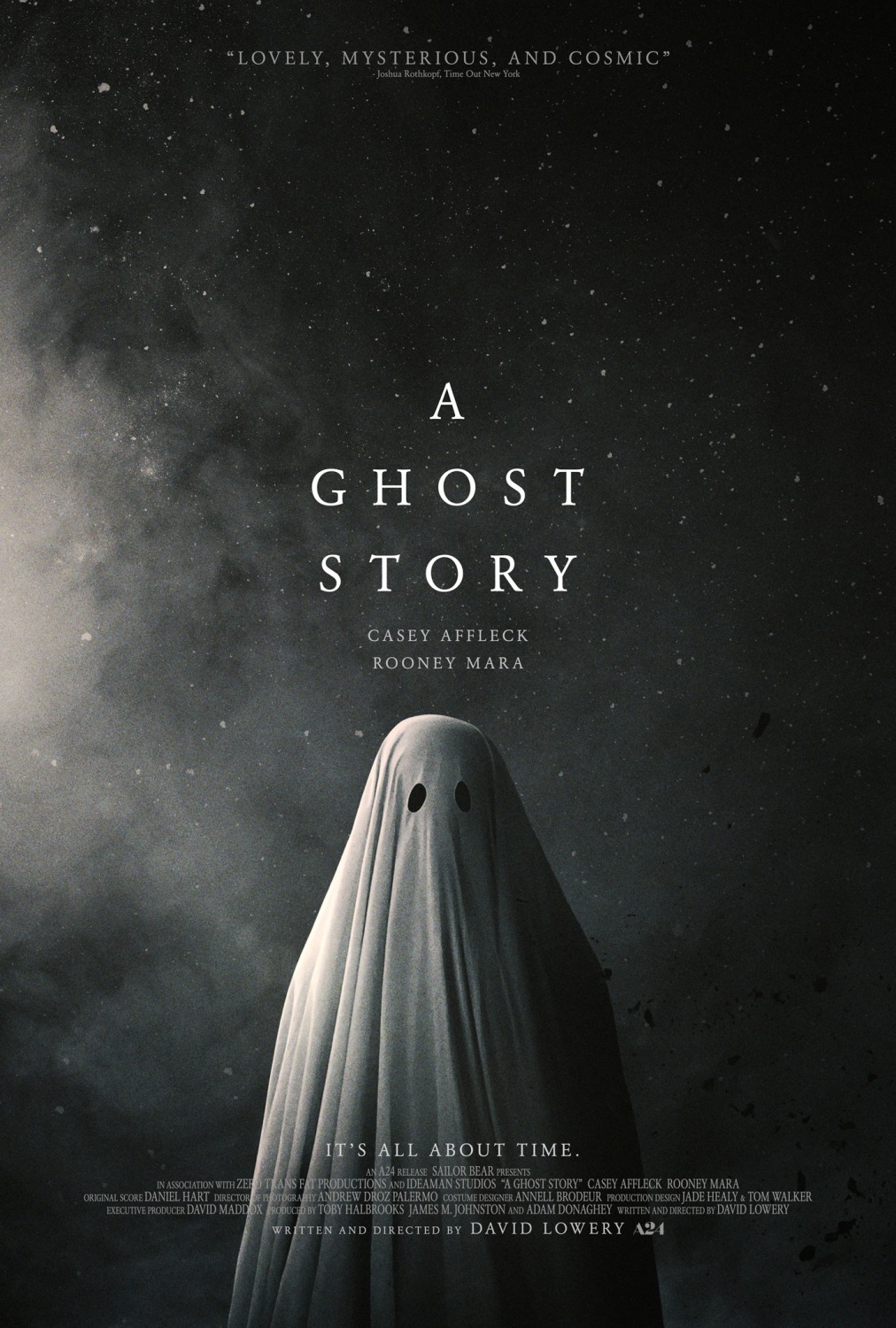“A long time ago, in a galaxy far, far away…”
I grew up with these words. I had the original “Star Wars” trilogy on VHS and wore those suckers out.
My parents, siblings and I flocked to the second installment in theaters 15 or so years ago and I remember sitting in rapture, wishing I could have also seen the originals that way.
I remember my dad explaining the full arc of the story in detail, and wistfully saying he wasn’t sure they would ever make Episodes VII, VIII, and IX.
But lo and behold, the series has finally started up again, thanks in large part to Disney’s buyout of Lucas Films.
I wasn’t the only one impressed and enthralled by the excellent production of J.J. Abrams.
“Episode VII: The Force Awakens” was action-packed and nostalgic enough to maintain the spirit of the films once helmed by George Lucas himself.
And, it now claims the title of the highest-grossing film of all time.
But to me, the real glory is in this simple fact that The Force Awakens passes the Bechdel test. For those who don’t know, the test simply measures the existence of sexism in a film.
The criteria is basic and easy to understand:
- A film must have at least two women.
- The women must speak to each other for more than 30 seconds.
- The subject of their dialogue must be about something besides a man.
Sometimes, applicators will say the women must be named, but it’s not always an included facet.
Shockingly, about half of all films fail this test.
The idea came from Virginia Woolf’s musings in the early 20th century, when she pondered the absence of women in fiction apart from their relationships to men.
“The Force Awakens” is the first movie in the Star Wars pantheon to feature a female protagonist, Rey, and the first in the series to cast a minority, Finn, in a significant supporting actor role.
Rey speaks with another familiar female character from the first trilogy, and not about men. It’s just refreshing to see a classic, sci-fi/fantasy epic with women portrayed in such a positive way.
But apparently, the brains producing all the oodles of merchandise surrounding the film have decided society’s not ready for this kind of female empowerment.
I wasn’t the first to notice this.
Some of my female friends on Facebook, especially those with kids, began raising questions a few days after the film’s release. But it wasn’t until I had to go to Kohl’s for a new appliance that I saw it firsthand, for myself.
There are no Rey toys. No Rey action figures. No pictures of Rey’s gleaming face or lightsaber-wielding stance adorning the sheets, the bath towels, the posters.
I saw one T-shirt of her hidden behind other characters with a mask over her face – the mask she wears in the film for a total of about two minutes.
The only toys made were of male characters, perhaps because the toy-makers think only boys want to play with action figures.
There are two problems with this line of logic.
One: Why are girls not expected to play with action figures? I give kudos to Target for removing gender labels from their toy section. Boys and girls should be able to widen their imaginations and play with whatever holds their interest.
Two: Even if boys are the primary market for these items, why take away their ability to act out the film with their toys, where both male and female characters interact? Doing so would only foster a more balanced worldview, making them assets in the more gender-equal workforce that will exist when they grow up.
Rey is the woman who drives the story.
She is in the movie from start to finish, and makes many important discoveries, all crucial to the plot.
If you removed this character from the film, there would be no point.
So stop removing her from the shelves.


